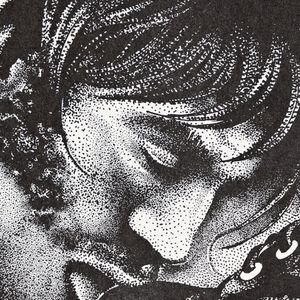An archaeologist in Greece has discovered ancient grafitti that celebrates gay sex.
Andreas Vlachopoulos of the University of Ioannina says he has found carvings that are "monumental in scale," including illustrations of large phalluses and inscriptions that describe the act of sex between two men.
"They were what I would call triumphant inscriptions," the professor told The Guardian. "They claimed their own space in large letters that not only expressed sexual desire but talked about the act of sex itself. And that is very, very rare."
Vlashopoulos, who uncovered the site on the Greek island of Astypalaia, dates the carvings to the fifth and sixth centuries B.C., which would make them some of the oldest erotic grafitti ever found. They provide a never-before-seen look into the culture of gay sex in ancient Greece, which is here portrayed in a positive light.
"We know that in ancient Greece sexual desire between men was not a taboo," said Vlachopoulos, who had been surveying the island for four years alongside a team of students and researchers. "But this graffiti ... is not just among the earliest ever discovered. By using the verb in the past continuous [tense], it clearly says that these two men were making love over a long period of time, emphasizing the sexual act in a way that is highly unusual in erotic artwork. "
An example of this acceptance of this lack of taboo was an incription dating from the sixth century B.C. that translates to "Nikasitimos was here mounting Timiona." Another etching of two penises alongside the name "Dion" are believed to be from soldiers that were posted on the island.
"Whoever wrote the erotic inscription referring to Timiona was very well trained in writing," added Angelos Matthaiou, an epigrapher on the expedition. "The letters have been very skillfully inscribed on the face of the rock, evidence that it was not just philosophers, scholars and historians who were trained in the art of writing but ordinary people living on islands too."



















































































